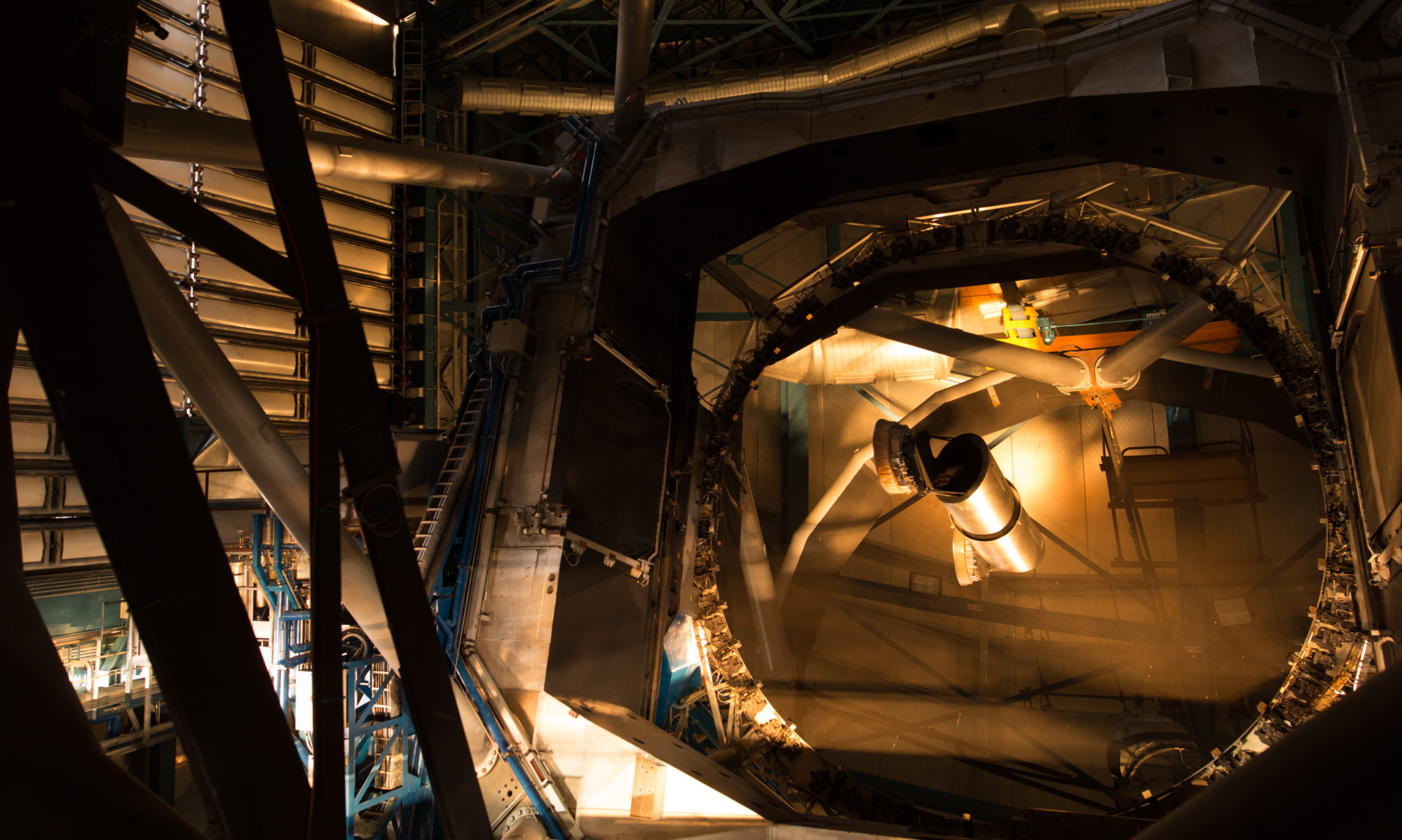Welcome to “INTERSTELLAR ONE: One vision for the interstellar medium at all cosmic times”. Our journey took us to study gas, metals (the chemical elements heavier then He) and cosmic dust in the Interstellar Medium (ISM) of nearby and distant galaxies.
Gas has a fundamental role in the formation and evolution of galaxies, the building blocks of our Universe. The chemical elements in this gas are key for the formation and evolution of stars, cosmic dust, molecules, planets, and life. But gas is faint and elusive to observe. Absorption-line spectroscopy is an incredibly powerful tool to investigate the gas, metal, and dust content inside and around galaxies, both in the local and distant Universe. However, understanding the chemical abundances in the neutral gas has been a great challenge until recently, because of the presence of dust grains.
In INTERSTELLAR ONE we overcame this challenge by studying the relative abundances of chemical elements, and used this to study the properties of metals and dust in the neutral gas in galaxies, from our Milky Way to the very distant Universe. Importantly, this includes low-mass distant galaxies, which are the most numerous but are typically missed in flux-limited studies. And this has strong implications on the study of the chemical evolution of galaxies and the cosmic chemical evolution.
We mostly used absorption-line spectroscopy of optical and UV observations of Quasars, gamma-ray bursts (GRBs), and stars, from high-resolution spectrographs of the Very Large Telescope and the Hubble Space Telescope to unveil the chemical properties of gas inside and around galaxies.
The project INTERSTELLAR ONE was supported by a PRIMA grant of the Swiss National Science Foundation between January 2020 and December 2024, at the University of Geneva.

